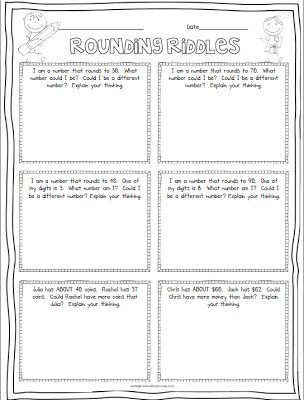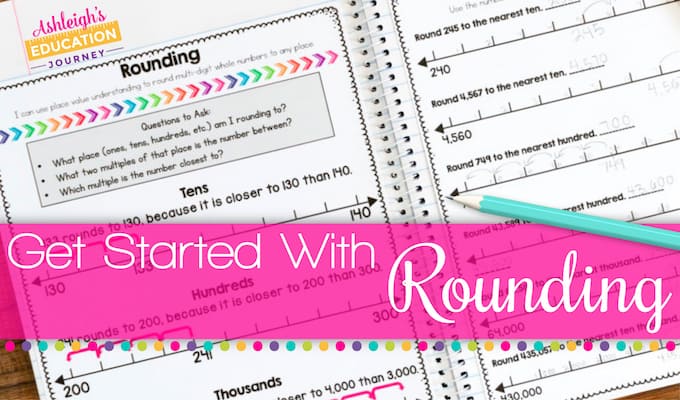
Rounding to the nearest thousand, hundred, and ten is often difficult for students. In my adult brain, it seems so natural and easy. That is not the case with some students though, and the concept can be incredibly challenging for children. After years of teaching this concept, I’ve come to realize that students who lack general number sense are the same students to typically struggle with rounding.
This realization is why I try to develop number sense through my rounding lessons. When it comes to teaching rounding to the nearest thousand, hundred, and ten, number lines are students’ best friend. In fact, they’ve pretty much become a staple in the classroom.
When teaching rounding to the nearest thousand, hundred, and ten, I like to begin the unit by teaching for conceptual understanding, and avoid sharing cheats and tricks. I won’t say that I never use those tricks, but help students understand the concept behind rounding. We want students to be able to explain the how and why first and foremost.
I love to introduce the rounding with Blair Turner’s Rounding Powerpoint Presentation. It introduces rounding to the nearest thousand via the Rounding Roadway, which is centered around the concept of a number line. It’s a genius idea, and I have no idea how anyone can combine rounding, humor, and sound instructional techniques in the same PowerPoint, but she did it!

After the PowerPoint, I give students a rounding handout to place in their interactive notebook. This isn’t exactly an interactive activity, but more of a reference sheet and guided practice opportunity for rounding to the nearest thousand.
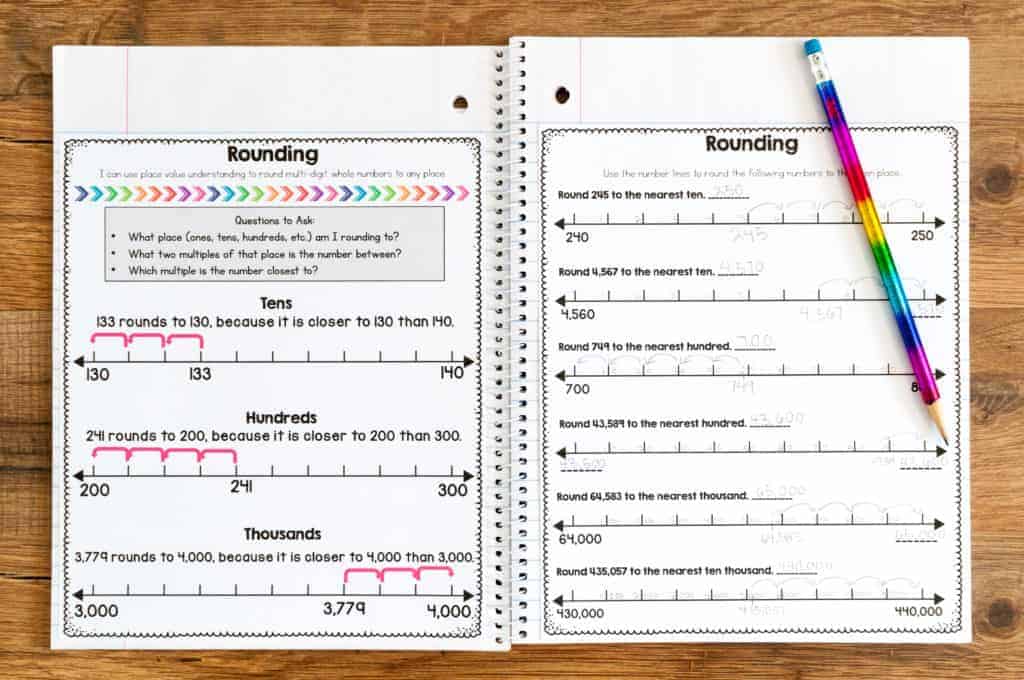
When I teach third grade I often begin with a lesson where students determine which two multiples of then or hundred a number is between. This is one of those concepts that I used to assume my students understood, but that’s not the case. You may be surprised to discover how much of a challenge this is for students.
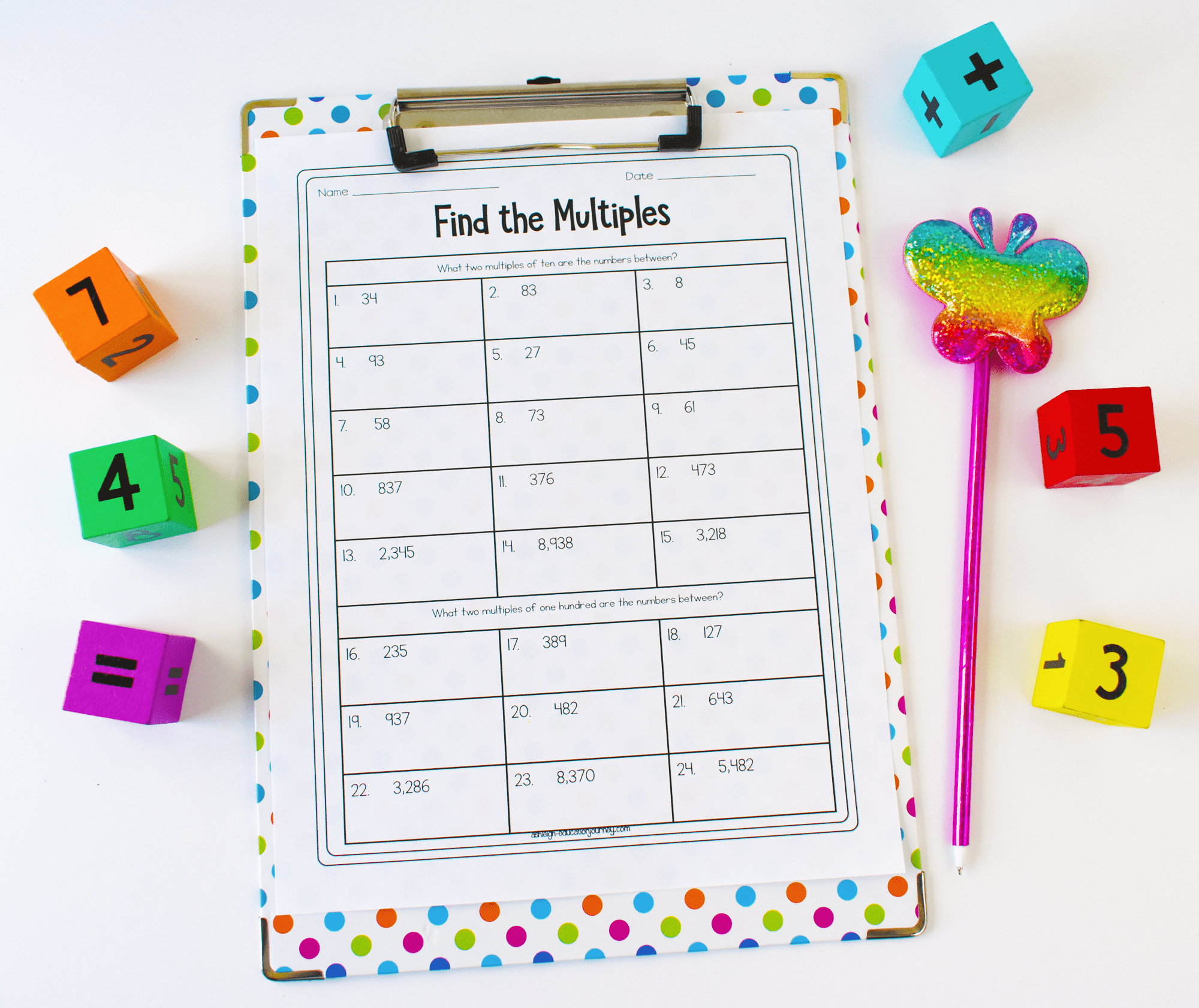
My following lessons all involve rounding on a number line. I try to move slowly and let my students’ progress set the pace. I often find that some students can complete this within a minute or two, while some need more time to process.
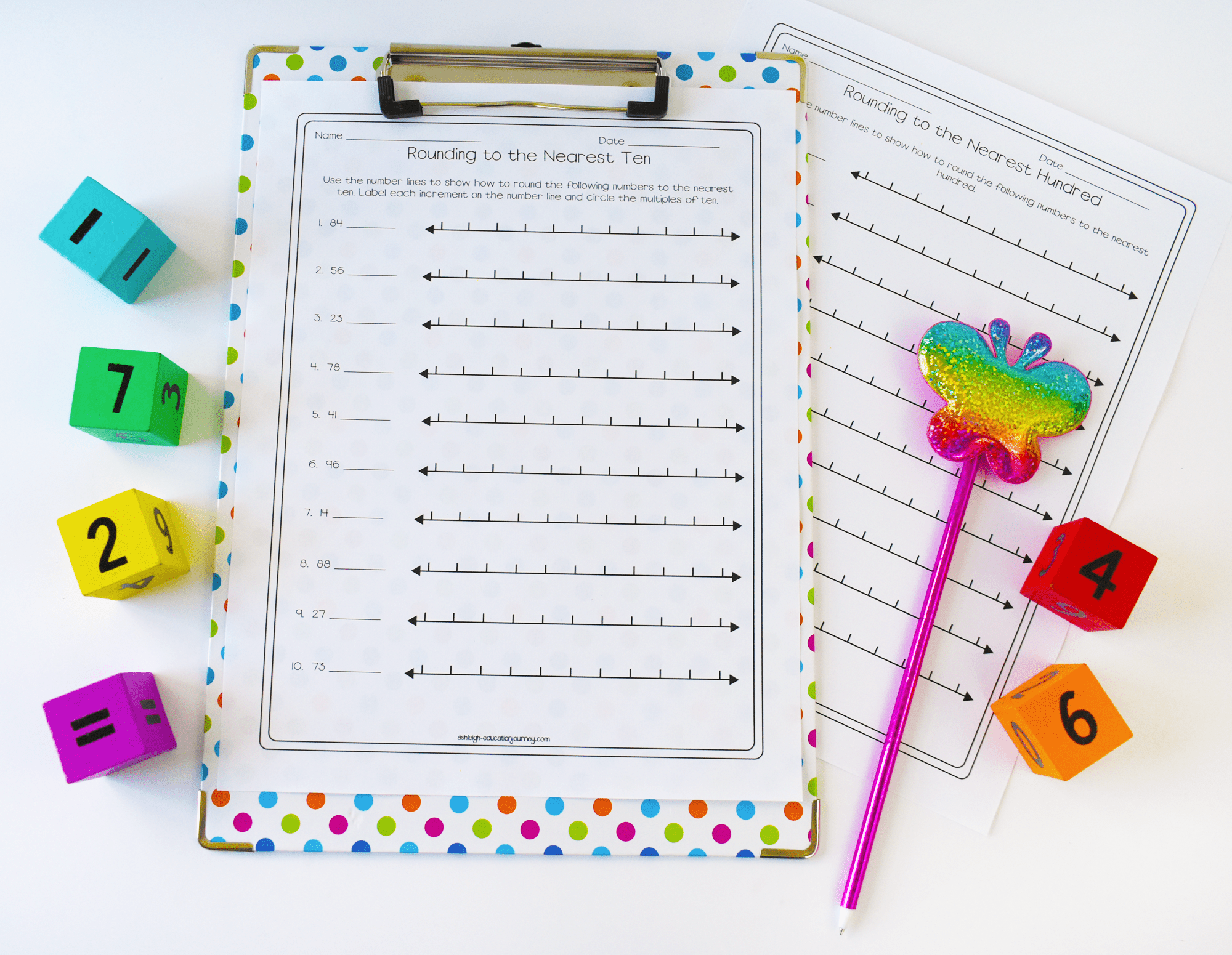
This can be a real challenge for teachers, so it’s important to have a few extension activities or enrichment prepped for those students. I like to have easy to prep games such as this Five in a Row or Roll and Round ready to go, so my students always have a purposeful task ready.
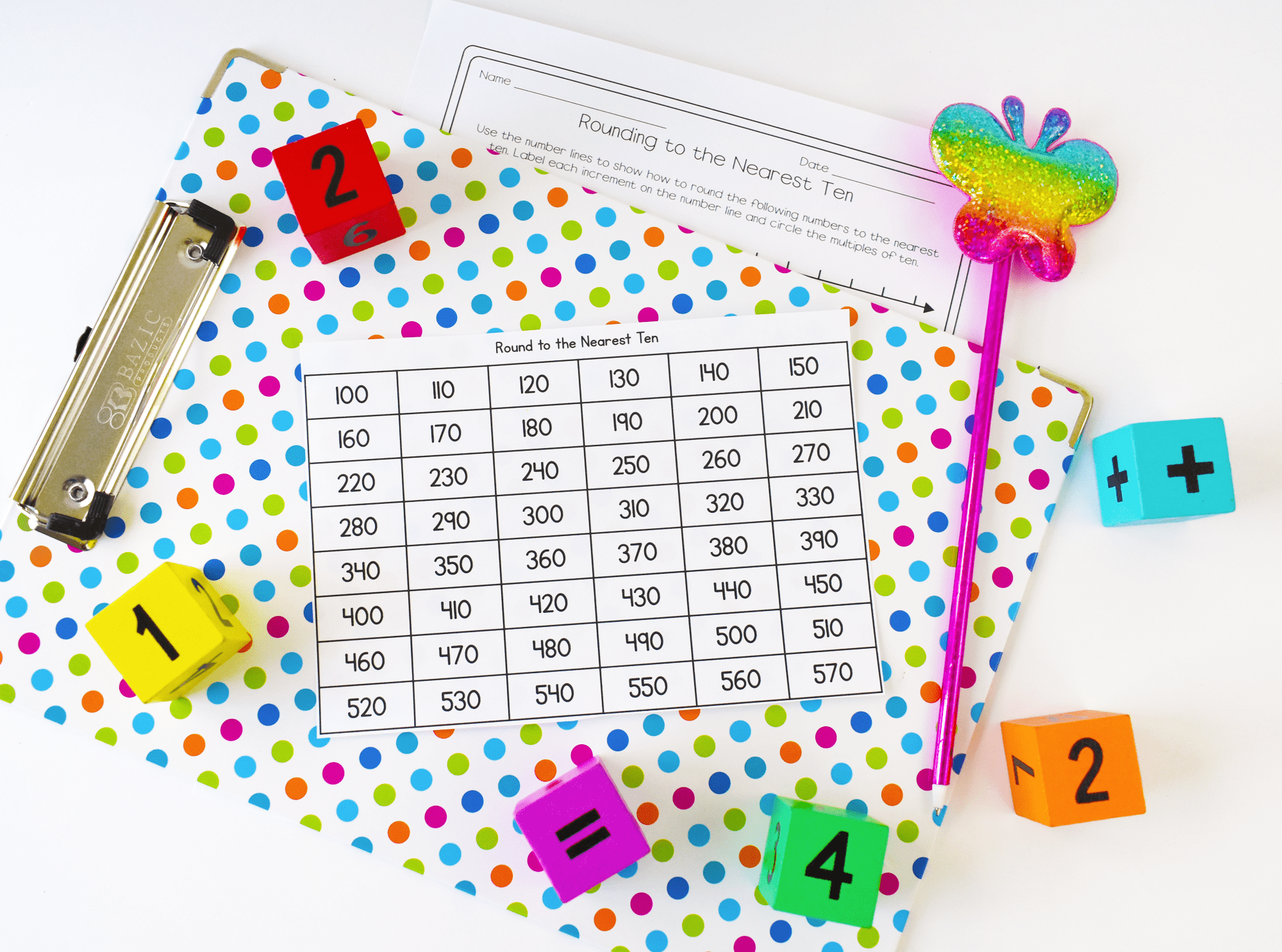
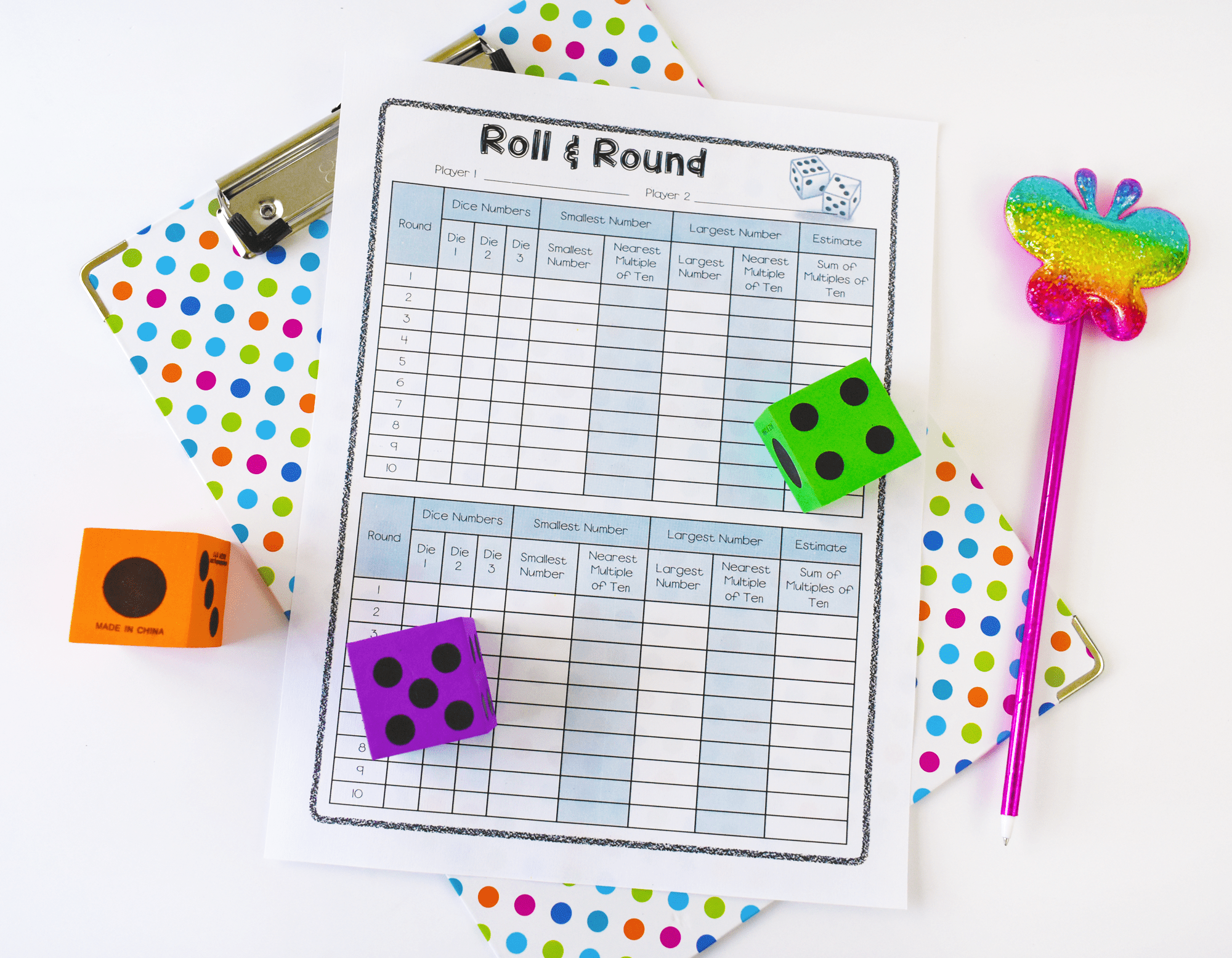
I regularly use my laminated number line templates that students can write on and wipe off like a dry erase board. You can download the template here. These are a perfect addition to math centers.
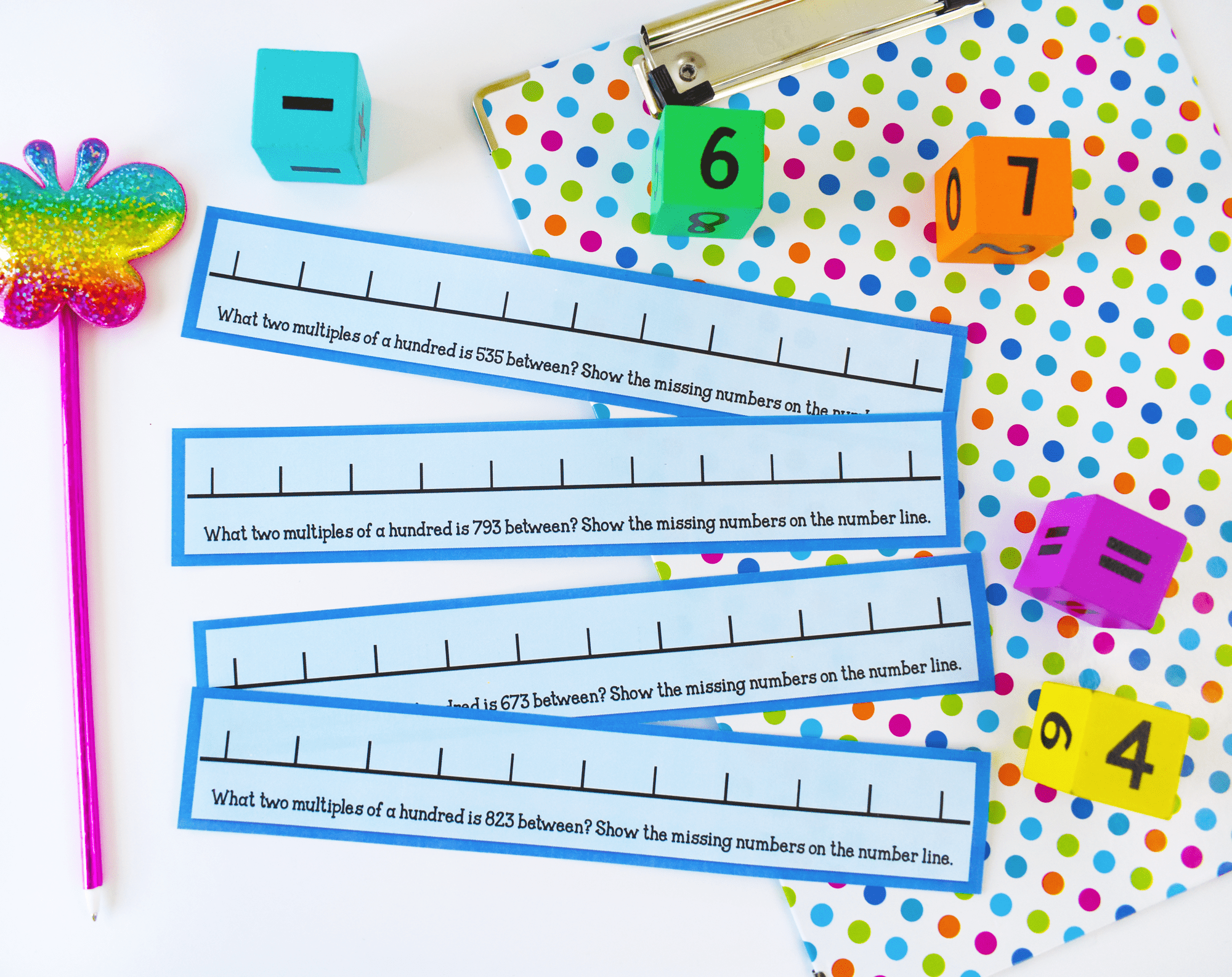
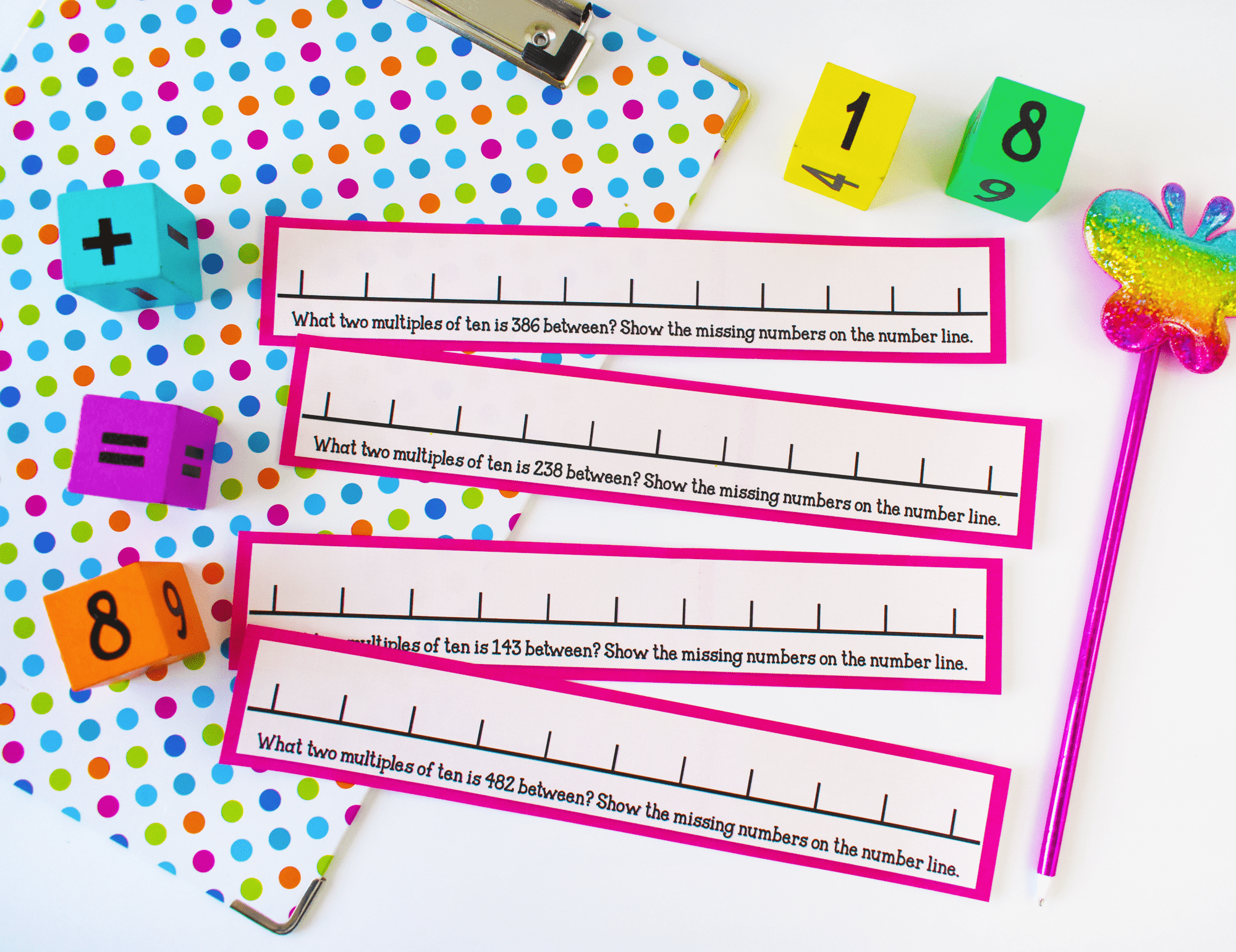
One of my favorite rounding to the nearest thousand lesson required students to find the midpoint between two multiples. Once students found the midpoint, they were able to easily see which multiple the number they were rounding was closest to.
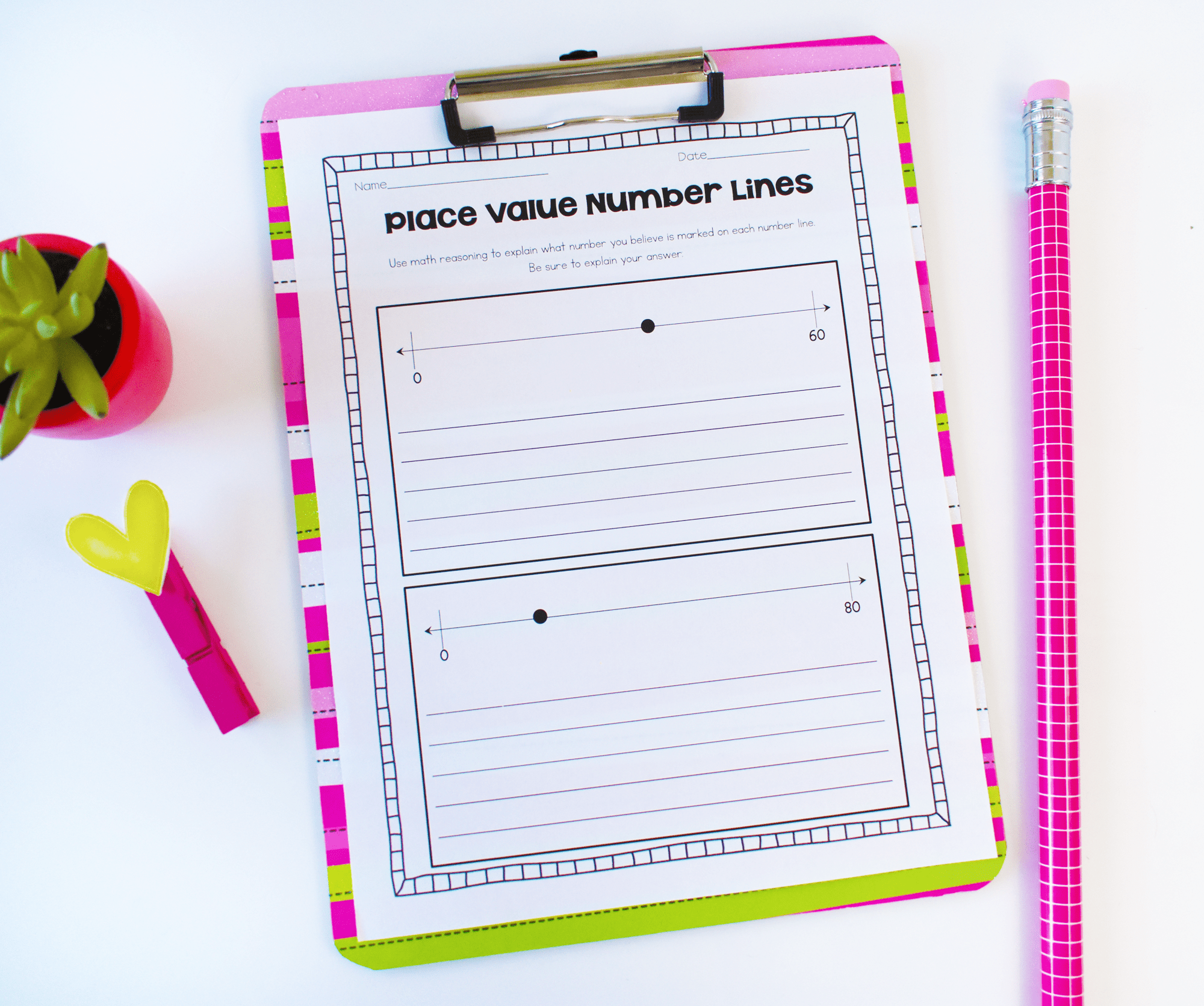
After students become more familiar with rounding to the nearest thousand, hundred, and ten, I love incorporating a scavenger hunt. In this lesson, students use informational texts or reference books to find examples of number that round to 300, 8,000, 10,000, and 15,000.
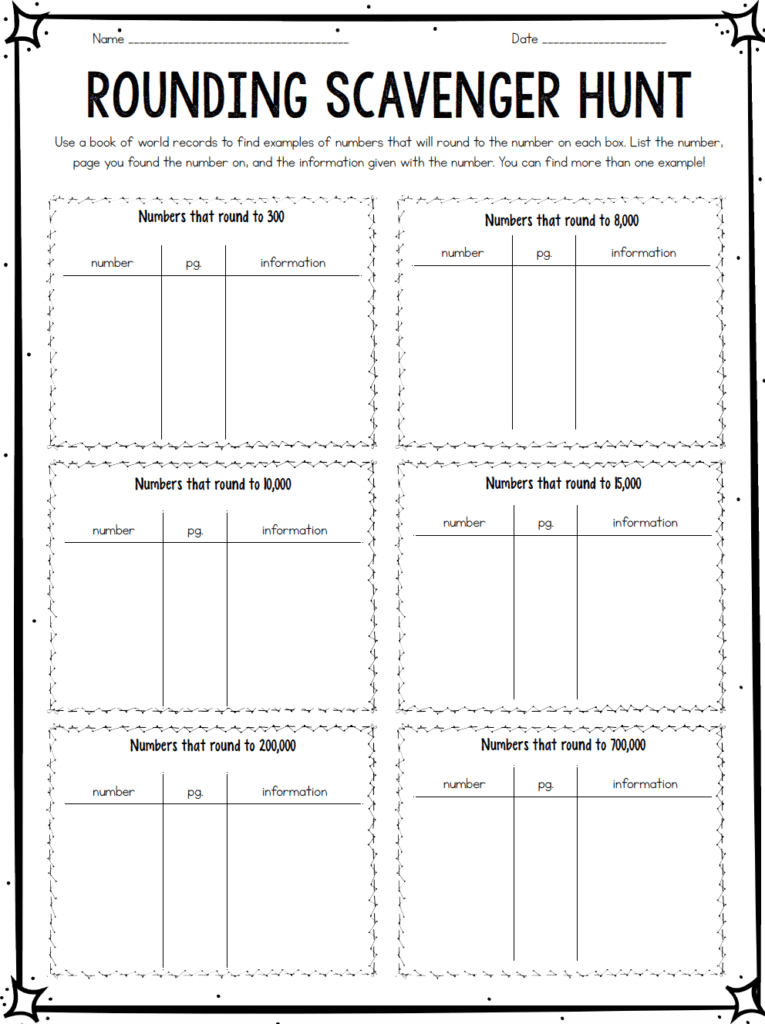
Hopefully, you’ve found some good ideas for rounding to the nearest thousand, hundred, and ten. These lessons were from my 3rd Grade Place Value Unit or my 4th Grade Place Value Unit.
For something special, here are two free rounding resources! In the first freebie, there are three pages of rounding practice that has a different approach from most traditional rounding worksheets. There is an answer key included. Download the resource here.
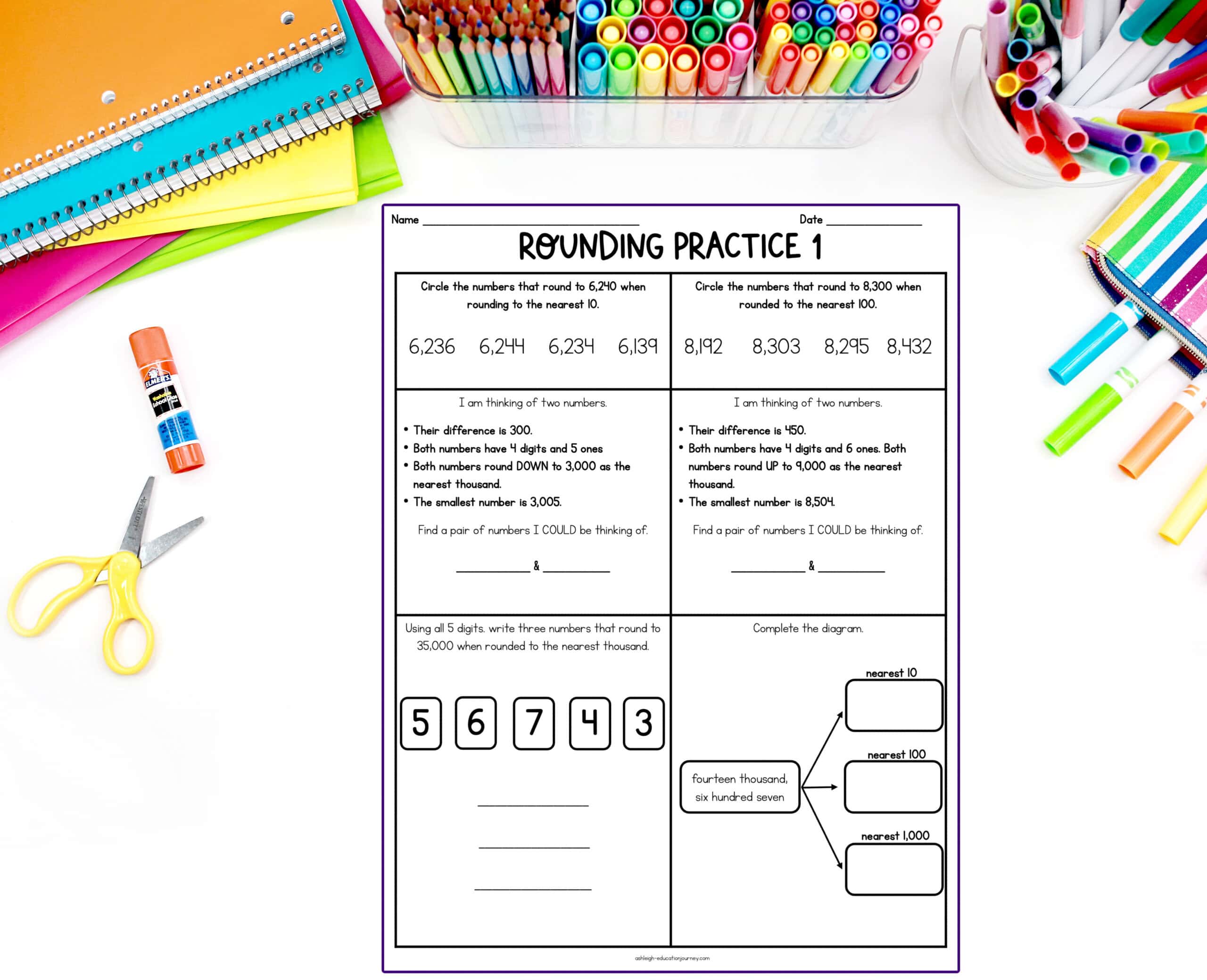
These free rounding riddles require students to think a bit before solving them! You can download it here.